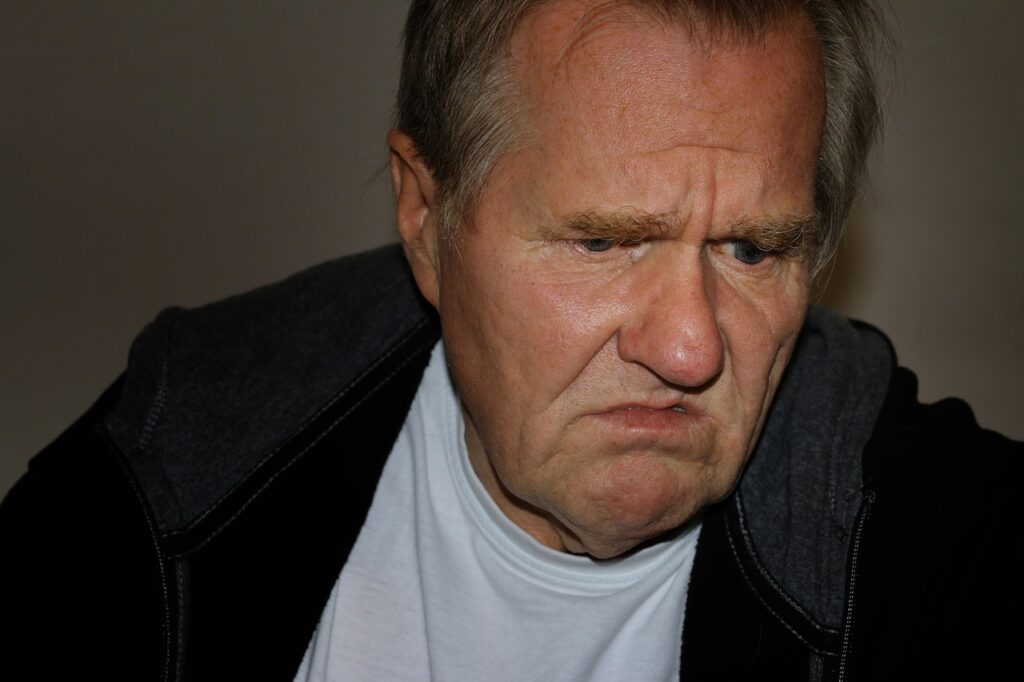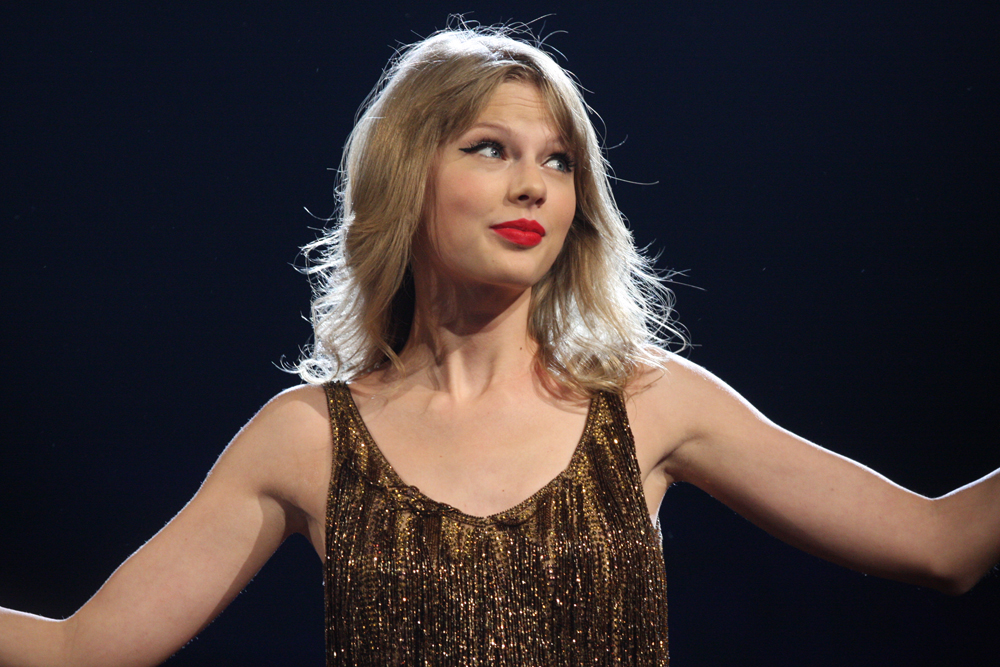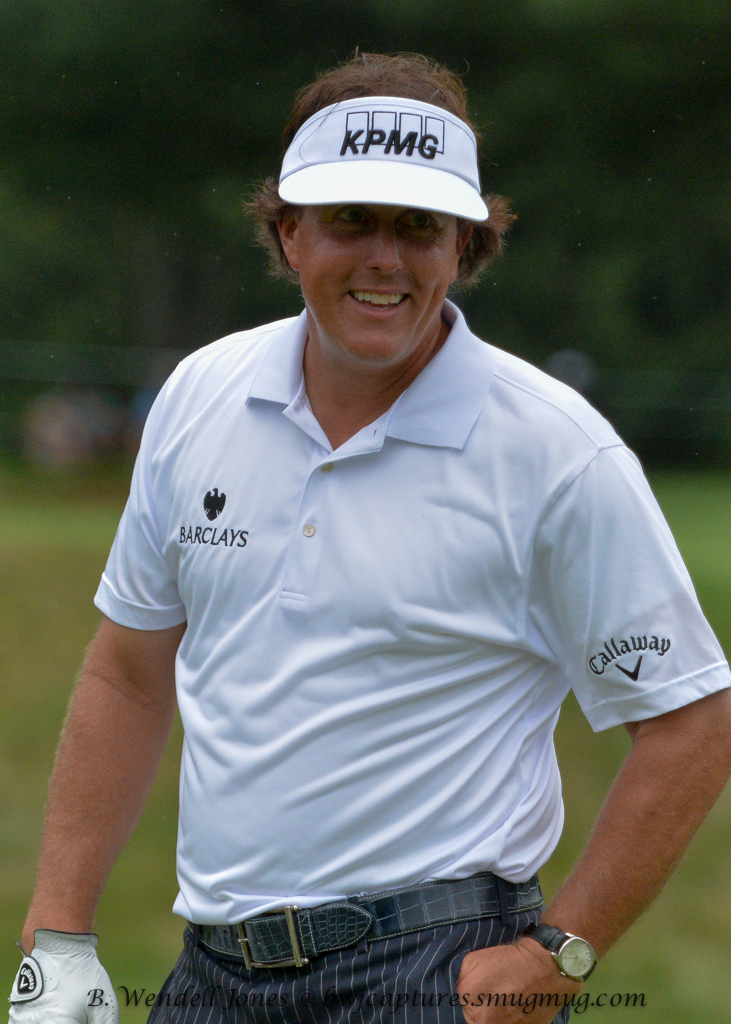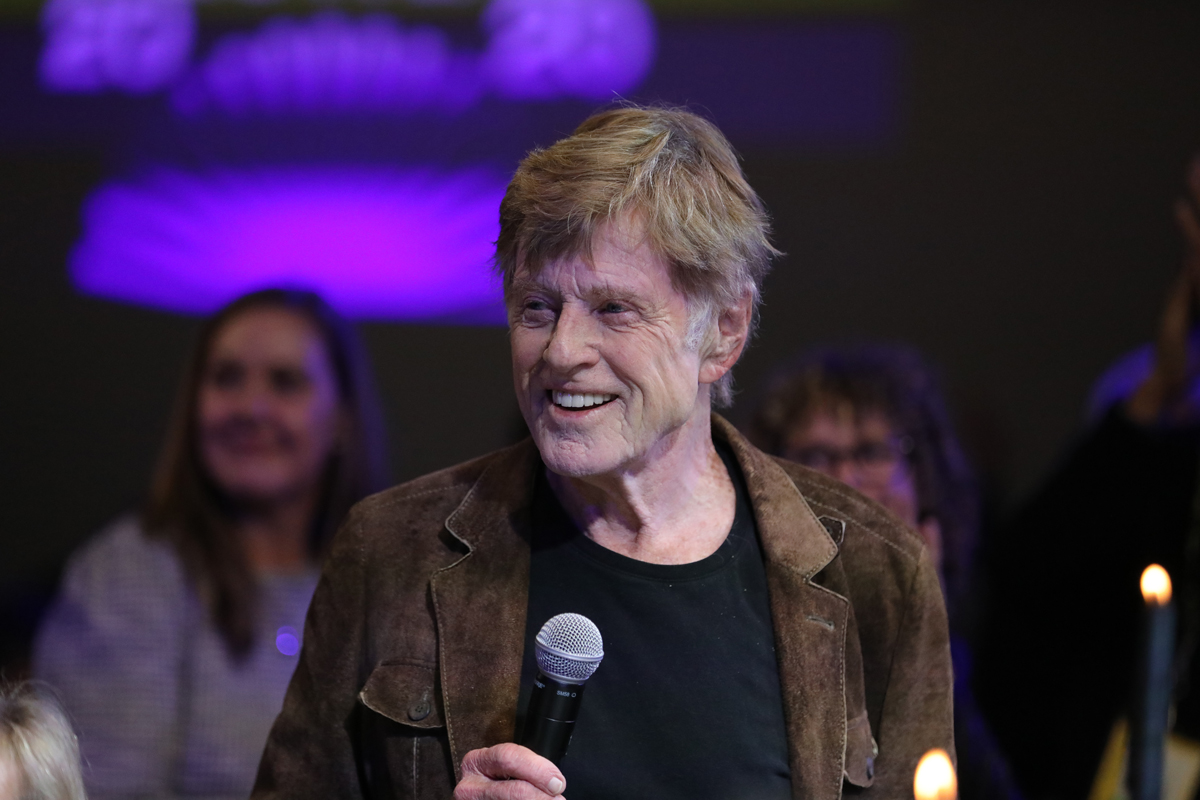
The entertainment world recently mourned the loss of one of its most revered figures, Robert Redford, who passed away on September 16, 2025, at his home at Sundance in the mountains of Utah. His publicist, Cindi Berger, confirmed his death, noting he was in “the place he loved, surrounded by those he loved.” The news prompted a wave of tributes from colleagues and admirers worldwide, with one of the most poignant coming from his longtime co-star and friend, Barbra Streisand.
Streisand, 83, shared a heartfelt message on Instagram, reflecting on their profound connection and the joy of working alongside him. Her words painted a vivid picture of a man she deeply respected and admired, both professionally and personally. Her tribute not only honored his memory but also offered fans a glimpse into the unique rapport they shared, particularly during the filming of their iconic 1973 romance, “The Way We Were.”
This article delves into Streisand’s moving remembrance, exploring the multifaceted layers of her tribute, from her immediate reaction to his passing to her intimate observations on his character and their artistic journey together. We will examine the enduring legacy of their collaboration and the personal insights she has shared, offering a comprehensive look at the bond between two Hollywood legends.
1. **Robert Redford’s Passing and Barbra Streisand’s Immediate Reaction**
The news of Robert Redford’s death at 89 on Tuesday, September 16, prompted an immediate and deeply personal response from Barbra Streisand. Redford, a towering figure in cinema, died at his beloved home in Sundance, Utah, as confirmed by his publicist, Cindi Berger. The statement from his team indicated that he was surrounded by loved ones, a detail that underscored the private, cherished life he led away from the spotlight.
Streisand wasted no time in publicly acknowledging the profound impact Redford had on her life and career. Her Instagram tribute, posted on the very day of his passing, served as a powerful testament to their bond. It was a swift, heartfelt outpouring of emotion that resonated with fans across the globe, setting a tone of fond remembrance for the esteemed actor.
In her moving post, Streisand encapsulated the essence of their time together, particularly on the set of their seminal film. She wrote, “Every day on the set of The Way We Were was exciting, intense and pure joy.” This opening line immediately conveyed a sense of genuine happiness and creative fulfillment that defined their working relationship, highlighting the positive and memorable experiences they shared.
She concluded her initial thoughts with a statement of deep gratitude, emphasizing Redford’s singular nature. “He was one of a kind and I’m so grateful to have had the opportunity to work with him,” Streisand stated. This sentiment underscored not only her professional respect but also the unique personal connection she felt towards Redford, marking him as an irreplaceable presence in her life.

2. **The Iconic Collaboration: ‘The Way We Were’**
Among Robert Redford’s most celebrated and enduring roles stands his portrayal of Hubbell Gardiner in the 1973 romance, “The Way We Were,” where he starred opposite Barbra Streisand’s Katie Morosky. Directed by Sydney Pollack, this Oscar-winning movie became an instant classic, etching itself into the annals of film history as a quintessential love story of opposing ideals.
The film masterfully depicted the complex love affair between Katie, an anti-war Marxist Jew passionately committed to social issues, and Hubbell, a carefree WASP with seemingly no particular interest in politics or social causes. Their on-screen chemistry, a magnetic blend of longing and intellectual friction, captivated audiences and became the benchmark for romantic dramas for generations.
Its cultural resonance extended far beyond its initial release, influencing popular culture in significant ways. Years later, the film found a new generation of admirers when it was famously referenced on the hit television series “Sex and the City.” Carrie Bradshaw, the show’s protagonist, drew parallels between her own tumultuous relationship with Mr. Big and the narrative of Katie and Hubbell, even quoting the iconic line, “Your girl is lovely, Hubbell.”
Streisand herself reflected on the film’s lasting impact and her performance within it. In her memoir, she expressed profound satisfaction with their work, writing, “I think it’s one of Bob’s best performances…and probably one of mine as well…and I’m thrilled whenever I see us listed as one of the screen’s most romantic couples.” This highlights her belief in the enduring quality of their on-screen partnership, acknowledging the film’s significant place in both their careers and in the hearts of viewers.
Read more about: Stuart Craig: The Visionary Production Designer Who Architected the Magical Worlds of Harry Potter, Dies at 83

3. **Streisand’s Personal Reflections on Redford’s Character**
Beyond their professional synergy on screen, Barbra Streisand’s tribute offered a deeply personal insight into Robert Redford’s character, painting a picture of a man she admired for his intrinsic qualities. Her Instagram post not only served as a memorial but also as an appreciative characterization of her former co-star, revealing the depth of her regard for him.
Streisand described him in unequivocal terms, stating, “Bob was charismatic, intelligent, intense, always interesting— and one of the finest actors ever.” This powerful statement went beyond mere professional compliment, highlighting the multifaceted nature of his personality. It spoke to his captivating presence, keen intellect, focused demeanor, and an engaging quality that made him consistently intriguing.
Her choice of words, particularly “one of the finest actors ever,” underscored her immense respect for his craft and talent. It was a testament to his enduring skill and his ability to command the screen and captivate audiences throughout his extensive career. This sentiment echoed through various recollections and interviews, consistently reinforcing her high esteem for his capabilities.
This personal observation provided a window into the genuine bond that developed between them over the years. It suggested that their connection was built on a foundation of mutual respect and admiration for each other’s minds and spirits, extending far beyond the scripted roles they inhabited together. Her words serve as a heartfelt endorsement of Redford’s enduring qualities, cementing his place in her memory as a truly exceptional individual.
4. **A Shared Passion for Art: Their Last Meeting**
Barbra Streisand’s tribute to Robert Redford included a particularly touching anecdote about their final personal encounter, which illuminated a lesser-known aspect of their enduring friendship: a shared appreciation for art. This detail offered a glimpse into their bond that transcended the world of film and celebrity, revealing a more intimate connection rooted in creative expression.
Streisand recounted the occasion with warmth, stating, “The last time I saw him, when he came to lunch, we discussed art and decided to send each other our first drawings.” This revelation painted a picture of two artists connecting on a deeply personal level, exploring creative pursuits outside their primary medium of acting.
The casual yet profound nature of their discussion about art suggested a comfortable familiarity, a friendship that had matured over decades. It indicated that their conversations extended beyond reminiscing about past collaborations or current events, delving into shared intellectual and aesthetic interests. The idea of exchanging their “first drawings” was an act of vulnerability and trust, signifying a unique kind of bond.
This anecdote underscored the intellectual curiosity and artistic spirit that both Streisand and Redford possessed. It showcased a friendship that evolved beyond the confines of a film set, blossoming into one where they could share intimate creative endeavors. Such a memory highlights the genuine rapport they maintained, a connection that allowed for exploration and mutual inspiration, right up until their last meeting.
Read more about: Snap, Share, Inspire: 14 Powerful Photos That Sparked Global Awareness for Our Planet
5. **Complexity Beyond Appearance: Insights from Streisand’s Memoir**
In her compelling 2023 memoir, “My Name Is Barbra,” Streisand delved deeper into her initial perceptions of Robert Redford, offering insights that challenged conventional notions of attraction. She revealed that her fascination with Redford was not primarily rooted in his famed good looks, but rather in a more profound and captivating aspect of his personality.
She candidly wrote about her preferences, stating, “I was drawn to him not because of his appearance … guys with blond hair and blue eyes were never my type.” This statement directly countered the popular narrative that Redford’s undeniable physical attractiveness was the sole or primary reason for his appeal. It repositioned her admiration to a more intellectual and enigmatic plane, suggesting a deeper understanding of the actor.
While acknowledging his physical attributes, she quickly pivoted to what truly intrigued her. “I did think he was very handsome … a wonderful jawline … great teeth,” Streisand conceded, affirming his widely recognized good looks. However, she immediately clarified, “But what intrigued me most about Bob was his complexity.” This distinction highlighted that his inner world and intricate thought processes were far more captivating to her than his exterior.
This emphasis on his complexity suggested a man who held a certain mystery, someone whose depths were not easily plumbed. It pointed to an intellectual allure that resonated with Streisand, indicating that their connection was forged on a shared appreciation for nuance and depth. This perspective from her memoir offered a refreshing and honest portrayal of her initial attraction to Redford, focusing on the fascinating intricacies of his mind and spirit.
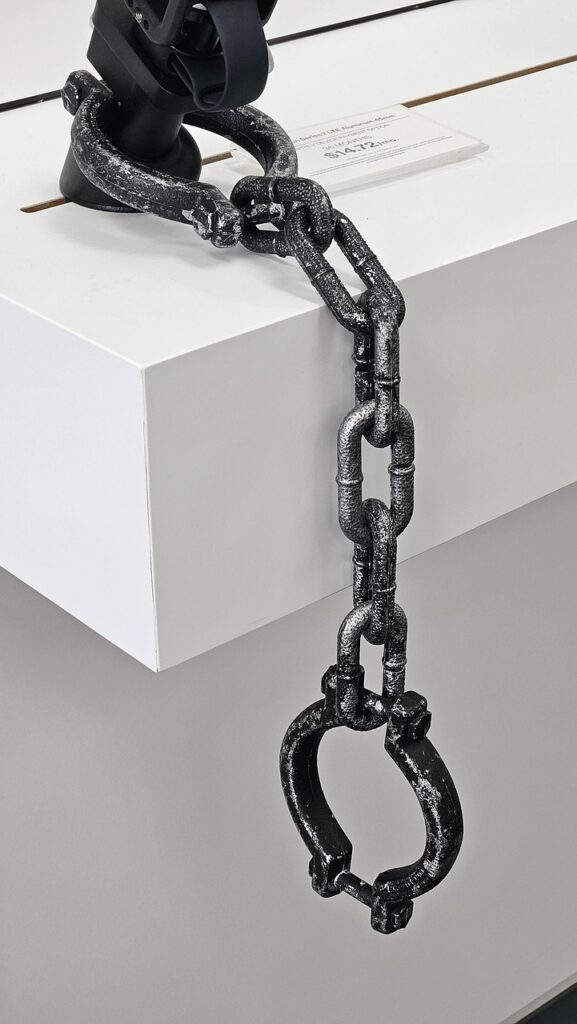
6. **The Power of Restraint: Redford’s Acting Style**
Barbra Streisand’s memoir also offered a keen analysis of Robert Redford’s distinctive acting style, particularly his mastery of restraint. She pinpointed this quality as a cornerstone of his captivating screen presence, explaining how it kept audiences perpetually engaged and intrigued by his performances. This observation spoke to a sophisticated understanding of what made Redford a truly magnetic film star.
Streisand articulated this allure, writing, “You never quite know what he’s thinking, and that makes him fascinating to watch on screen.” This statement underscored the enigmatic quality he brought to his roles. Redford’s ability to convey deep emotion and complex internal monologues without overt expression created a powerful sense of mystery, drawing viewers into his characters’ inner worlds and encouraging them to speculate and interpret.
She further elaborated on this unique talent, adding, “Like the greatest movie stars, Bob understands the power of restraint. You’re never going to get it all … and that’s the mystery … that’s what makes you want to keep looking at him.” This insight highlighted a rare skill among actors: the ability to hold back, to imply rather than explicitly state, thereby enhancing the gravitas and depth of his portrayals.
This deliberate holding back created a powerful dynamic between the actor and the audience, fostering a continuous desire to understand more. It was a testament to his intelligence as a performer, recognizing that sometimes less is indeed more. Streisand’s recognition of this trait solidified Redford’s status not just as a handsome face, but as a thoughtful and masterful artist who understood the nuances of cinematic storytelling.
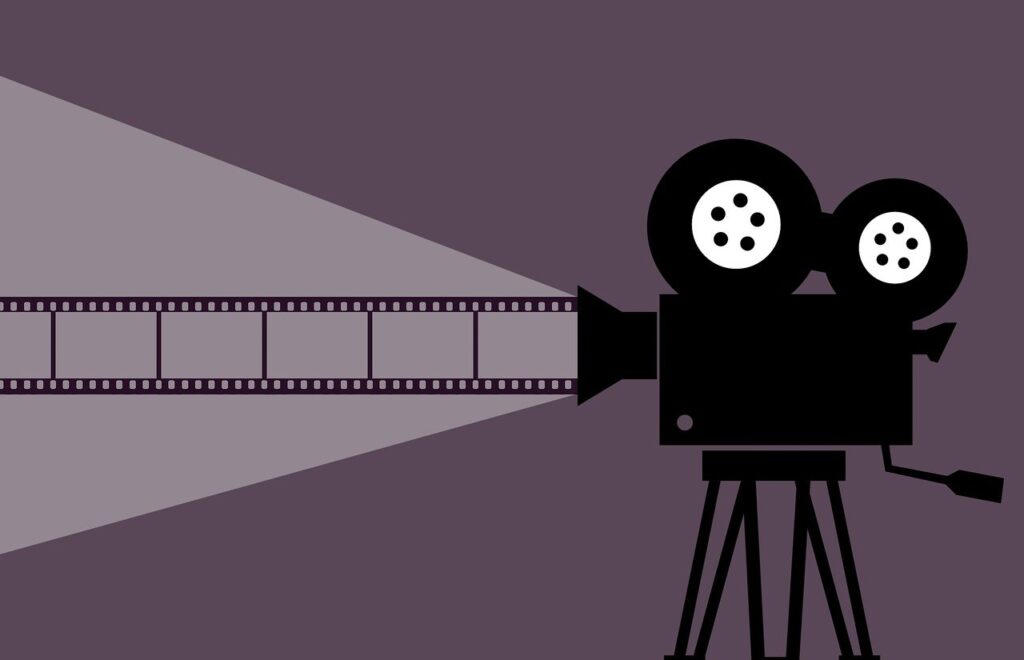
7. **The ‘Intellectual Cowboy’: A Unique Combination**
Continuing her detailed characterization of Robert Redford in “My Name Is Barbra,” Barbra Streisand described him with a striking phrase that encapsulated his unique blend of ruggedness and intellect: “an intellectual cowboy.” This vivid description captured the rare combination of traits that made Redford such a compelling and singular figure in Hollywood, setting him apart from his contemporaries.
She wrote that Redford was the “rare combination” of “an intellectual cowboy” and “a charismatic star who is also one of the finest actors of his generation.” This characterization highlighted his ability to embody both the idealized American frontiersman—independent, strong, and connected to nature—and a sophisticated, thoughtful individual. It suggested a man who was as comfortable in the wilds of Utah as he was engaging in deep artistic or political discourse.
Streisand drew a parallel between Redford and her own husband, James Brolin, whom she married in 1998. She noted, “But like my husband (James Brolin), he’s almost apologetic about his looks, and I liked that about him.” This observation added another layer to Redford’s persona, suggesting a humility or perhaps a self-effacement regarding his physical attractiveness, which Streisand found appealing and genuine.
This unique blend of qualities—intellectual depth, rugged charm, and a humble demeanor about his appearance—painted a comprehensive portrait of Redford. It explained why he was not just a matinee idol but an actor of substance who resonated with audiences and critics alike. Streisand’s description serves as a powerful testament to the complexity and appeal of the man she affectionately called “Bob.”
8. **Robert Redford’s Initial Reluctance to Join the Cast**
Robert Redford initially declined the pivotal role of Hubbell Gardiner in “The Way We Were,” a decision that posed a significant challenge for director Sydney Pollack and co-star Barbra Streisand. Streisand, in her 2023 memoir “My Name Is Barbra,” recounted the difficulties faced in securing Redford for what she believed was his ideal part. Her book shed light on the behind-the-scenes negotiations and the actor’s profound reservations.
Redford’s primary concern stemmed from his perception of the character’s depth within Arthur Laurents’ original script. He reportedly felt that Hubbell was “shallow and one-dimensional,” lacking the complexity he sought in his roles. Streisand quoted Redford asking, “Who is this guy? He’s just an object… He doesn’t want anything. What does this guy want?” This indicated his desire for a character with clear motivations and a more developed internal world.
His assessment continued to challenge the narrative, with Redford suggesting Hubbell was “not very real.” This critique underscored his commitment to authentic character portrayal, even if it meant turning down a high-profile project. Streisand’s account highlighted that Redford was not merely seeking screen time but rather a substantive role that he could truly embody.
Despite these concerns, Streisand remained convinced of Redford’s suitability. She informed Pollack, “I wanted to make Bob happy, so I told Sydney, ‘Give him anything he wants. Write more scenes to strengthen his character. Make it equal.’” This willingness to adjust the script demonstrated the importance placed on Redford’s involvement, recognizing his artistic integrity and potential impact on the film’s quality.

9. **Concerns Over Streisand’s Acting Style and Singing**
Beyond character depth, Robert Redford reportedly harbored reservations about working with Barbra Streisand herself, according to claims made in Robert Hofler’s 2023 book, “The Way They Were: How Epic Battles and Bruised Egos Brought a Classic Hollywood Love Story to the Screen.” Hofler’s account suggested that Redford’s reluctance was partly tied to Streisand’s professional reputation at the time.
Redford allegedly expressed concerns about Streisand’s working methods, reportedly stating, “Her reputation is as a very controlling person. She will direct herself. It’ll never work.” These comments, if accurate, point to an apprehension about creative clashes or a perceived difficulty in collaborating with an actress known for her strong artistic vision and hands-on approach.
A particularly notable point of contention, as claimed by Hofler, involved Streisand’s musical talent. Redford reportedly did not want her to sing in the film, noting, “She’s not going to sing, is she? I don’t want her to sing in the middle of the movie.” This alleged stance highlights a fundamental difference in their artistic preferences or visions for the film’s tone and structure.
Despite Redford’s purported resistance, Streisand ultimately performed the film’s iconic theme song, also titled “The Way We Were.” This ballad went on to win an Academy Award for “Best Original Song,” becoming inextricably linked with the movie’s enduring legacy. Streisand later expressed surprise in her memoir upon learning of Redford’s initial objection, noting how seamlessly the song was integrated into the film.
10. **Streisand’s Persistence and the Role’s Evolution**
Barbra Streisand’s unwavering belief in Robert Redford for the role of Hubbell Gardiner proved pivotal, even as he repeatedly turned down the part. She had “a particular actor in mind for Hubbell,” and despite his initial rejections, Streisand remained steadfast, convinced that no other actor could embody the character with the same depth and nuance.
Her memoir detailed the extensive “courtship” required to bring Redford on board. Even after initial script adjustments, Redford still said no. Producer Ray Stark then suggested moving on to Ryan O’Neal, Streisand’s co-star from “What’s Up, Doc?” However, Streisand’s conviction ultimately prevailed against the producer’s advice.
The negotiations went “down to the wire,” culminating in a moment of triumph for Streisand. While filming “Up the Sandbox” in Africa, she received a telegram with just two words: “Barbra Redford!” This message signified Redford’s eventual acceptance of the role, bringing an end to the prolonged casting saga and filling Streisand with immense excitement.
Ultimately, Redford’s initial reluctance had a profound and positive impact on the film’s development. Streisand reflected that “Bob’s reluctance had a big influence on the script and ultimately resulted in a richer, more interesting character.” His demands for a more developed Hubbell led to a stronger narrative, proving that artistic friction could foster creative growth and enhance the overall quality of the production.
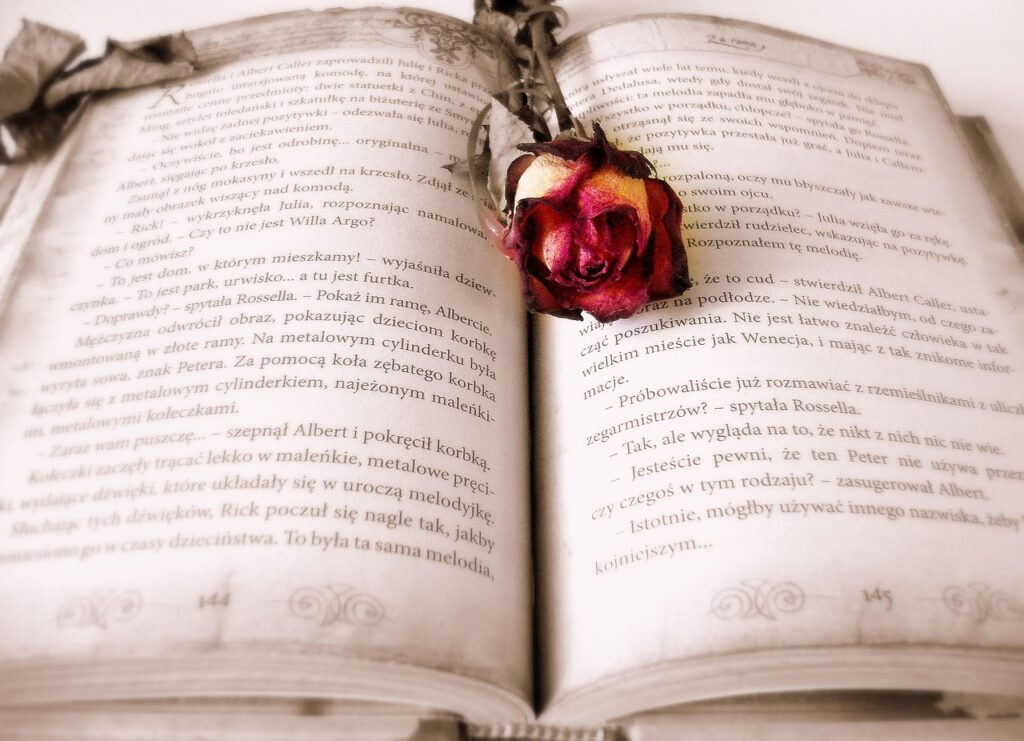
11. **Allegations of On-Set Tensions: The Sex Scene Dispute**
Robert Hofler’s 2023 book “The Way They Were: How Epic Battles and Bruised Egos Brought a Classic Hollywood Love Story to the Screen” alleged specific instances of tension during the production of the 1973 film, particularly concerning the depiction of intimacy between the lead characters. These claims offered a contrasting view to Streisand’s recollection of “pure joy” on set.
According to Hofler, a notable dispute arose during the filming of one of the movie’s sex scenes. Redford reportedly refused to utter a specific line: “It will be better this time.” This refusal stemmed from his concern that saying the line would imply his character, and by extension, himself, was not proficient in the bedroom.
Hofler detailed Redford’s reasoning, stating that the actor believed “Redford was never bad in bed,” and therefore his character, Hubbell Gardiner, “could never be either.” This anecdote suggested a strong desire on Redford’s part to protect his public image and maintain a certain perception of his masculinity, even within the context of a fictional portrayal.
The alleged incident highlighted the complexities of balancing character portrayal with an actor’s personal persona, especially for stars of Redford’s magnitude. It pointed to moments where the boundaries between actor and character blurred, revealing potential pressures and anxieties faced by Hollywood’s leading men during sensitive scenes.

12. **Allegations of On-Set Tensions: Redford’s Protective Measures**
Hofler’s book further detailed alleged measures taken by Robert Redford during the filming of intimate scenes with Barbra Streisand, suggesting an unusual level of caution. These claims painted a picture of a set where personal boundaries and perceptions played a significant role in production dynamics.
According to the author, Redford reportedly went to the extent of “forced himself to wear two pairs of underwear” during their love scenes. This specific detail, if true, suggested a deliberate physical barrier created by Redford during the filming of their on-screen romance.
Hofler linked this action to a perceived need for Redford to “protect himself” from Streisand. The book claimed that Streisand was reportedly “infatuated” with Redford, implying that Redford felt the need to establish a clear distance or safeguard against any perceived advances or emotional intensity.
Such allegations, if accurate, offer a glimpse into the unspoken tensions or perceived dynamics between the two stars during the creation of their iconic love story. They suggest that while “The Way We Were” portrayed an undeniable on-screen chemistry, the behind-the-scenes reality may have been marked by a more complex and nuanced personal relationship, distinct from Streisand’s public statements about their rapport.
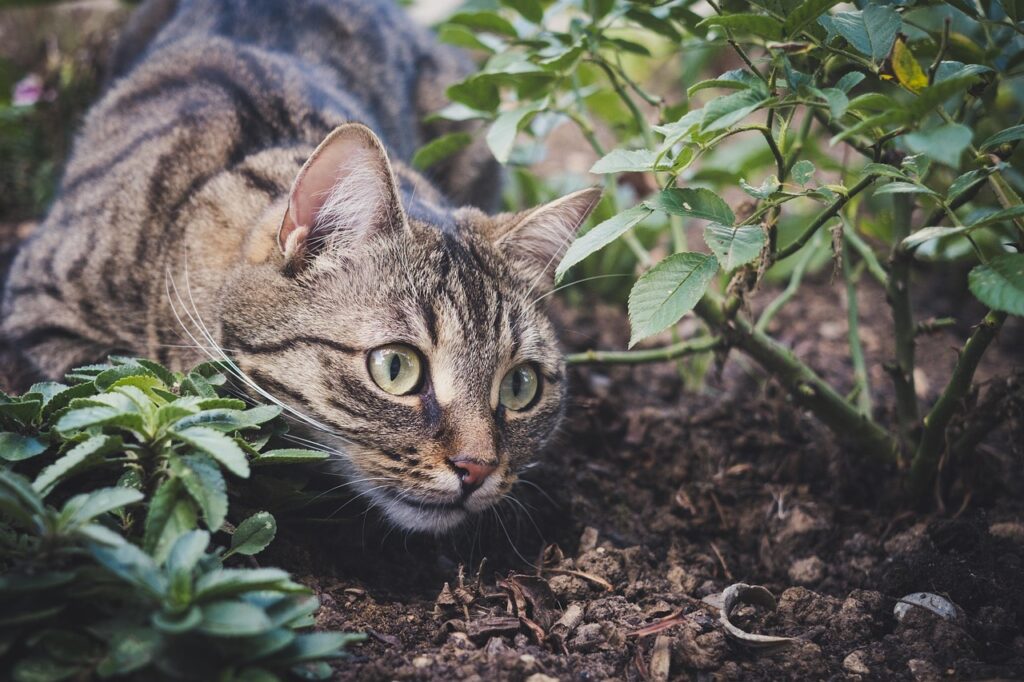
13. **Cultivating On-Screen Chemistry: Deliberate Distance and Curiosity**
Despite the alleged tensions and initial reluctance, the undeniable chemistry between Barbra Streisand and Robert Redford on screen was not accidental; it was, in part, a cultivated dynamic. Streisand, in her memoir, revealed that a deliberate strategy was employed to foster this crucial element of their performances.
She noted that Redford was “kind of a loner,” and they purposefully did not spend much time together at the initial stages of filming. This strategic separation allowed them to “find their chemistry in character as Katie and Hubbell,” rather than relying on an immediate personal bond. The distance mirrored the characters’ initial differences, building anticipation for their eventual connection.
Streisand described having a “real rapport” with Redford, emphasizing that “Bob and I were genuinely curious about each other, and I believe that’s what comes across on screen.” This mutual curiosity, rather than forced familiarity, became the bedrock of their believable on-screen romance, making their interactions feel authentic and engaging.
An illustrative anecdote from Streisand’s memoir highlights this genuine interest. She recounted Redford asking her about her Brooklyn upbringing, curious about her seemingly “exotic” background. In turn, Streisand viewed Redford, growing up in California, as the “exotic one,” wondering if he surfed, fished, or swam in the ocean after eating. This reciprocal fascination fueled their on-screen magic.
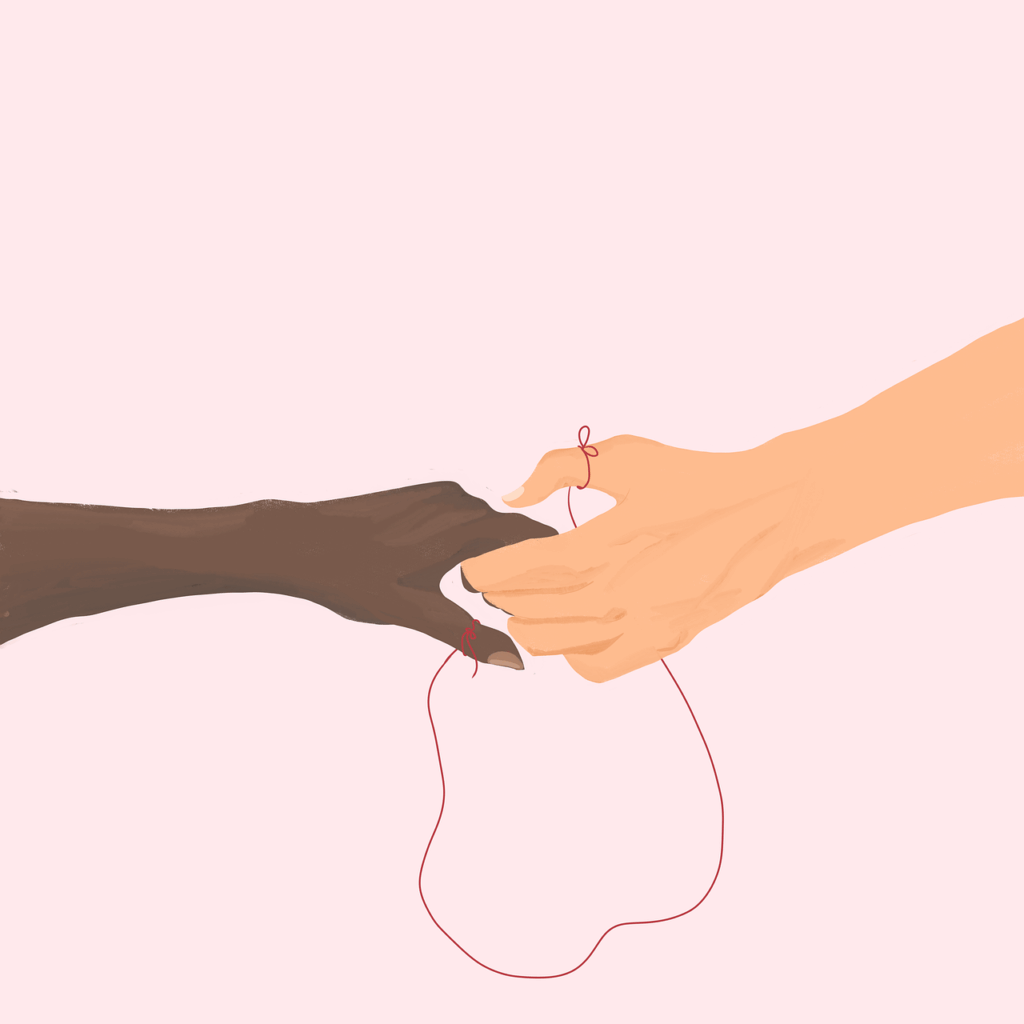
14. **The Enduring Connection: A Final Phone Call**
Years after the cameras stopped rolling on “The Way We Were,” the unique bond between Barbra Streisand and Robert Redford continued to evolve, culminating in a poignant phone conversation that underscored their lasting connection. Streisand recounted this memorable call in her memoir, offering a final, intimate glimpse into their relationship.
The conversation, which took place ahead of the film’s 50th anniversary, extended for “over an hour,” covering “everything, from working together on the film to politics and art.” Streisand described Redford during this call as “wonderful… open and thoughtful and engaging, as always,” indicating the sustained depth and comfort of their rapport.
As they concluded their extensive chat, Redford’s parting words cemented the enduring affection and respect they shared. He told Streisand, “‘I gotta go, Babs. I love you dearly, and I always will.'” This heartfelt farewell served as a powerful testament to a friendship that transcended their professional collaboration and navigated the complexities of Hollywood and personal lives.
Streisand’s response, “I love talking to you,” followed by Redford’s reciprocal, “I love talking to you. I always do,” reinforced the mutual enjoyment and value they placed on their conversations. This final memory, shared publicly, encapsulates the unique and unbreakable bond between two legendary figures whose professional partnership evolved into a deeply cherished personal connection.
Read more about: Flip Pallot: A Pioneering Life — From Banking Boardrooms to Beloved Fly Fishing Icon and Conservationist
The saga of Barbra Streisand and Robert Redford, particularly through the lens of “The Way We Were,” illustrates a relationship forged in artistic collaboration and enduring personal regard. From Redford’s initial hesitancy and the alleged on-set complexities to their deliberate cultivation of chemistry and a final, affectionate phone call, their story is a testament to the powerful, often intricate, dynamics that define Hollywood legends. Their bond, marked by mutual respect, intellectual curiosity, and an unforgettable on-screen magic, continues to captivate audiences, solidifying their place as one of cinema’s most iconic pairings.




